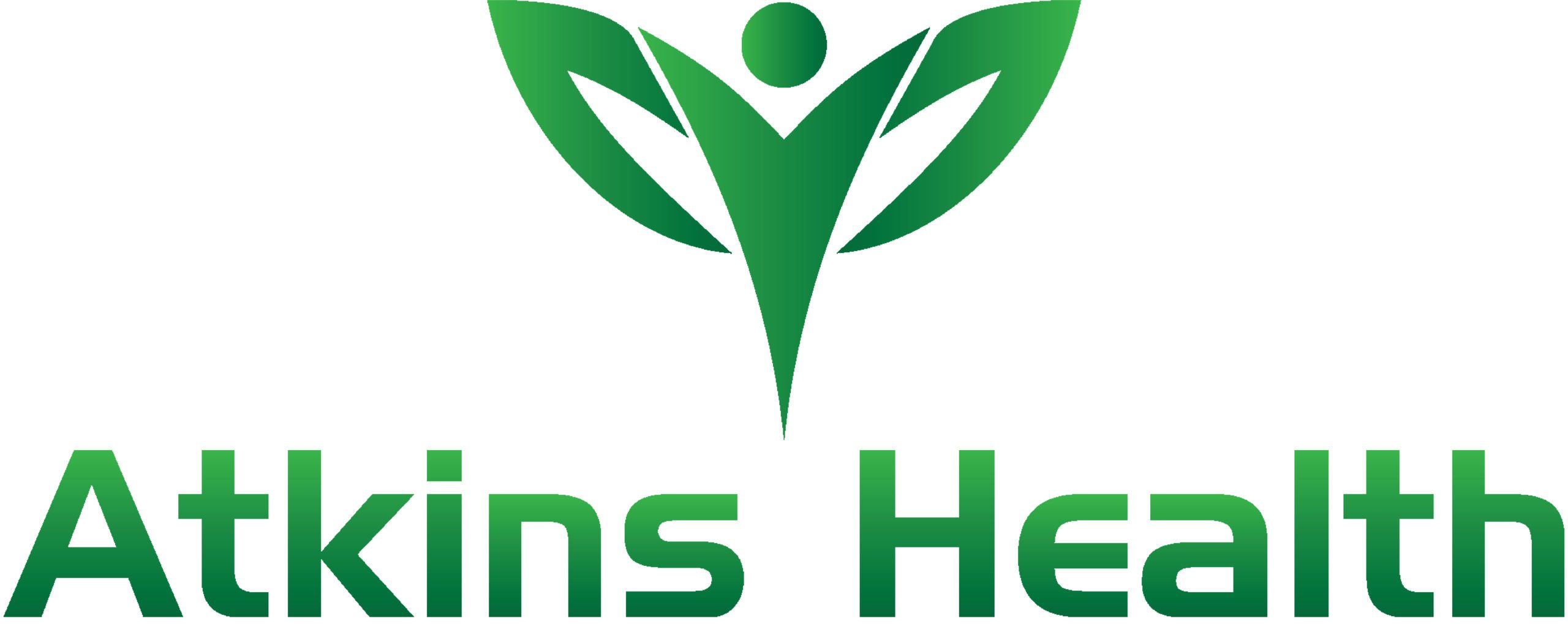Prehabilitation: Improve performance and prevent injury

They say prevention is better than a cure, and when it comes to your physical performance, several aspects can help you stay in top condition.
Prehabilitation is a practice specifically designed to reduce the risk of injury through regular, proactive exercises. Delivered by qualified exercise physiologists, prehabilitation and rehabilitation provide many similar physiological improvements.
Are you curious about the benefits of prehabilitation and how it could improve your overall physical performance? We’ve compiled a comprehensive guide to the practice and who it may be appropriate for.
What is prehabilitation?
Prehabilitation, or prehab, is a process used by exercise physiologists to identify areas of the body that may be vulnerable to injury and implement a program to help prevent this from occurring and improve your overall physical performance.
Just as rehab works to restore physical functioning, prehab works to proactively reduce the likelihood of it occurring in the first place. Prehab will often take the form of a series of exercises targeted at the problem area, performed 2 – 3 times per week. It can also include warm-up, stretching and cool-down exercises.
The main difference between prehabilitation and a warm-up is their intent. A warm-up is designed for immediate effect – it gets the blood pumping and the muscles firing. On the other hand, a prehabilitation exercise program is designed for the ongoing prevention of injuries.
It targets areas of the body that have been identified as vulnerable to injury. These vulnerabilities may emerge as a result of the activity performed, an individual’s physical limitations – or a combination of both.
Benefits of prehabilitation
There are numerous benefits of prehabilitation, the most obvious being injury prevention among athletes. But did you know prehab is commonly used by office workers and those who are recreationally active? It has proven effective in addressing weaknesses caused by sedentary work and regular exercise.
The key benefits of prehabilitation include:
- Attain correct static and dynamic posture
- Improve overall core stability
- Correct imbalances in muscle length, flexibility and joint alignment
- Enhance muscle strength, endurance, and power
- Improved ability of the mind to sense the position of different joints in relation to the rest of the body
- Improve postoperative outcomes
Who is prehabilitation for?
Prehabilitation can provide benefits to everyone – from the everyday labourer and morning stroller to elite athletes. Its versatility makes it one of the most commonly used practices by professionals in exercise physiology for health and sports performance.
Prehabilitation for athletes
Athletes’ bodies undergo enormous amounts of stress to perform at their peak. Unfortunately, these repetitive movements and the constant stressors of training can take a toll on the body, causing muscle tightness, strength imbalances and coordination problems.
Given the high demand for athletes to constantly perform at a high level, downtime due to injury can be costly. Prevention is key, particularly for athletes with existing injuries or health conditions.
Prehabilitation for athletes is highly specialised to align with the sport-specific skills required for peak performance. For instance, swimmers will often undergo extensive prehab of their shoulder joints to accommodate the highly repetitive movement of the joint through strokes.
Prehabilitation for movement
The broad aim of prehab is to prepare the body for the physical demands of life. This varies greatly from person to person. For some, it may be a matter of prepping the body to accommodate the physical toll of their work – such as manual labourers and healthcare workers. For others, it may be as simple as maintaining joint mobility for daily movement.
When used as a preventative measure, prehab can help individuals continue to enjoy their favourite activities, hobbies and sports – free from pain or discomfort. It can even be used as a corrective measure for those who are inactive for large parts of the day. This can include exercises to correct poor posture caused by long stints at a desk.
Prehabilitation in preparation for surgery
Studies have shown that prehabilitation can optimise a patient’s condition before surgery to improve the postoperative outcome. It works by ensuring the patient’s muscles and joints are in the best shape possible before surgery, kickstarting the rehabilitation process, speeding up recovery and stabilising pain.
The Arthritis Foundation found that prehabilitation reduced the need for rehabilitation in the knee and hip replacement surgery patients by up to 73%. The better the condition of muscles and joints before surgery, the quicker they rebound afterwards. In some cases, prehabilitation has even eliminated the need for surgery.
Prehabilitation exercises
There are several forms of exercise which commonly make up a prehab plan. Each exercise will be specific and targeted to an area of weakness to increase either mobility, stability or activation. All three work together to allow our muscles and joints to switch on, move safely and maintain that movement.
Your therapist will provide you with a personalised prehabilitation exercise plan to ensure you receive the best therapy for your unique needs. A prehabilitation plan can include soft tissue therapy, dynamic and static stretching, and practising movement patterns. Depending on your specific needs, your therapist may include activation exercises to stimulate and hard-wire the neuromuscular connections to improve efficient movement.
Stability is a key focus of prehabilitation in sports. Unilateral (one-sided) exercises are a simple way to build stability and combat muscle imbalances. The slow and controlled movements associated with yoga and Pilates are also great examples of stability prehab exercises.
Structuring a prehabilitation exercise program
Prehabilitation is not a one size fits all approach to injury prevention. A good plan begins with a strong understanding of an individual’s needs according to their needs, activity and desired outcome.
An exercise physiologist will work with the patient to assess the unique demands of daily life on their body. This will inform a customised approach to maintaining the functional capacity needed to tolerate these demands while identifying areas that may be susceptible to injury.
Once a routine has been mapped out, it’s equally important to regularly re-evaluate its effectiveness. Prehabilitation must be adaptable to stay in line with the patients evolving needs and may be part of a broader care plan.
To understand how prehabilitation could benefit your well-being, get in touch with our friendly exercise physiologists at Atkins Health.


